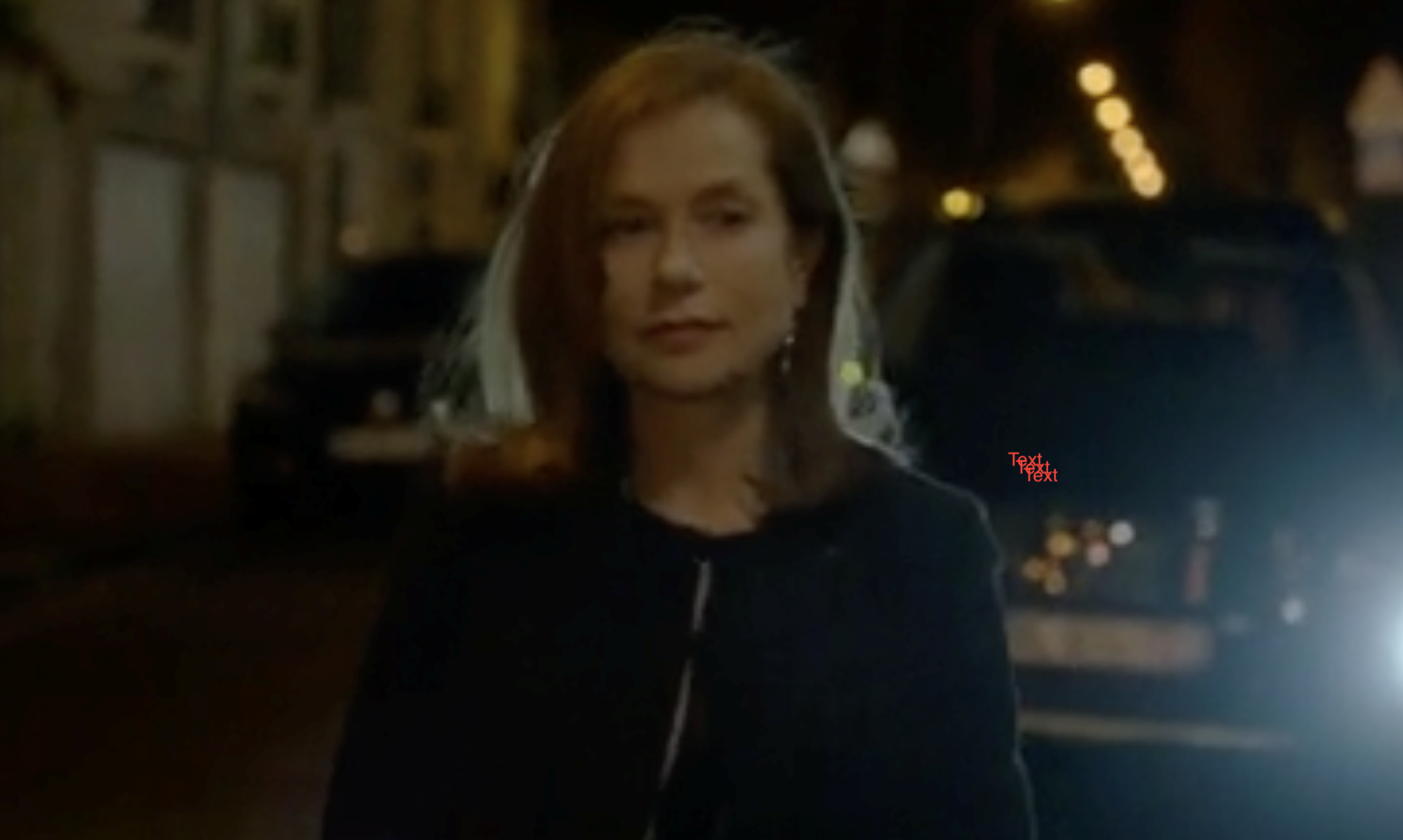What Is Romanian New Wave?
by Alyssa Hill
The cinema of Romania is one without a very long history. As soon as it began to make its presence known, the Soviet Union took over and cinema became nothing but Communist propaganda or seemingly meaningless films. A common concern, even today, is that “too much cash still finds its way to filmmakers who were stooges of the pre-1989 government”(Calhoun).
However, those “stooges” have very little influence in Romania’s cinema today. Romanian cinema is internationally recognized for its strong stylistic trends, as well as its powerful and dramatic storytelling. This storytelling is known for its criticisms of the effects of communism, and Romania’s past in general, which is often featured in the background of a “everyday” feeling story.
Communism in Romania began after WWII with the intervention of the soviet union. Even though there was very little support for communism in the country, “ Soviet leader Joseph Stalin’s approval of a seizure of power” led to the country’s control anyway (Hitchins). There was retaliation from the democratic groups within Romania, but they eventually lost all influence after losing an election that likely had falsified results.
One of the first large effects of communism in Romania was the suppression of creativity. Creators were expected to abandon their previous work, and contribute to the Sovietization of Romanian life. This imposition is what eventually led to the “bad films,” as prominent Romanian director Cristi Puiu calls them (Calhoun). Eventually, Romanian communism became somewhat separate from soviet communism, but the communist theme in the country’s art remained the same. There was even period under leader Gheorghe Gheorghiu-Dej where creators were able to “broaden the scope of their research, and.. [deal] with subjects that previously had been forbidden” (Hitchins). However, after Gheorghiu- Dej died, new leader Nicolae Ceaușescu implemented “neo-stalinism” throughout the country, and began restricting the liberties of the people again.
Ceaușescu began to demand the increase of exports from Romania, and this led many crises such as a housing shortage, an energy shortage, and a general lowering in the standard of living (Chirot). This caused Romania to lose what independence it had from the soviet union, and completely return to soviet ideals. Eventually, “Ceaușescu … transformed Romania into a police state,” with even “ the Communist Party itself …eviscerated”(Hitchins).
This police state did not last long, however. Ethinic minorities in the city of Timișoara began protesting in December of 1989, and within a week Ceaușescu was executed. This led to the complete dissolving of the Communist party in Romania, along with the dissolving of communist ideals. This idea of revolution did not immediately carry over to the creative side of society. The revolution in Romanian film did not catch up until the early 2000s, but when it did, it decided to look at Romania’s past through a hypercritical lens. Romanian film decided to look for outside influence after years of creating propaganda, and eventually developed a somewhat distinct style all on its own. However, it is important to keep in mind that Romanian film is just beginning to explore what it can be, and it is not completely tethered to the more minimalist style that it began with. Romanian film is becoming an important part of how the country portrays itself to the world, and understanding what the creative voice can be in countries freed from communism.
Works Cited
- “The 1989 Romanian Revolution and the Fall of Ceausescu.” Association for Diplomatic Studies & Training, 16 Mar. 2018.
- Calhoun, David. “Romanian Revolution? – Features – Film.” Time Out London, 2007.
- Chirot, Daniel. “Social Change in Communist Romania.” Social Forces, vol. 57, no. 2, 1978, pp. 457–499.
- Hitchins, Keith Arnold, and David Turnock. “Communist Romania.” Encyclopædia Britannica, Encyclopædia Britannica, Inc., 16 Nov. 2019.
